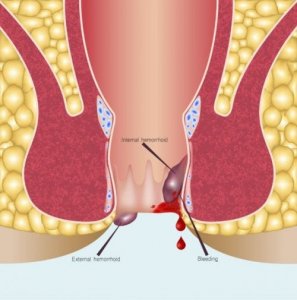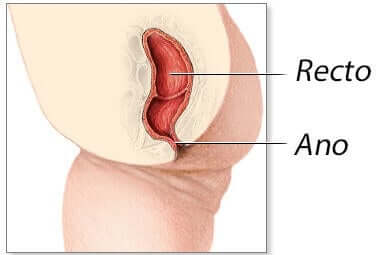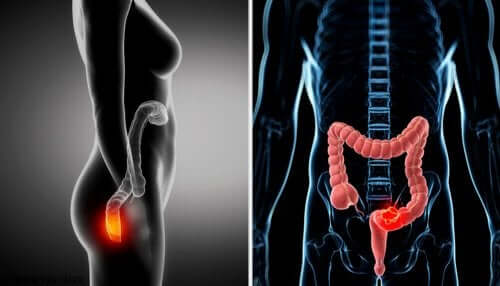Anoscopy - An Overview of the Procedure


Written and verified by the doctor Nelton Abdon Ramos Rojas
Anoscopy is a technique for looking inside a human sphincter. A doctor can also examine its canal and even the outermost part of the rectum (the final section of the large intestine). This is so that a group of experts can study this part of a digestive tract.
In any case, they’ll need an anoscope to carry out this method. The procedure consists of a flexible thin tube that goes into a person’s sphincter. This instrument contains a halogen lamp that lights the area for proper visibility. They may also attach a fiber optic cable because it offers a better view of the rectal walls.
In some clinical cases, the corresponding doctor will also apply a chemical compound to these walls. Then, they’ll illuminate the area with a fluorescent lamp with which they can identify any regions affected by a disease. This is known as “high-resolution anoscopy.”
Doctors use this procedure for other purposes such as biopsies and for placing elastic band ligatures. However, its main function is for diagnosing rectal tumors and other similar pathologies.
Anoscopy – the procedure

Firstly, the group of experts will inform a patient of their need to undergo this procedure. But before they do the patients must report any allergies they might have and medication they’re taking, among other things. The physician may also recommend an enema or a laxative to clear the rectal tract so they can look at it.
As soon as the patient is in position, a doctor will proceed to check on the status of the sphincter. They usually check the external area to look for any lesions in it.
Then, they’ll clean the area and gently insert the anoscope. As a general rule, they don’t use anesthesia because the intervention isn’t too painful.
A biopsy might cause minor discomfort and bleeding in patients. However, this is only temporary; the bleeding usually disappears within days. Thus, a patient can usually return home without any major complications.
Finally, the physician can reveal the results of the anoscopy immediately after this visualization technique. As you can see, this is a good way for a doctor to identify the source of any problems that may be affecting the rectal tract.
Then, they’ll schedule a subsequent visit if they need to follow up with a biopsy. This way they can obtain final results a few weeks after the intervention.
Discover:Symptoms of Colon Cancer in Women
Who needs an anoscopy?

As we said above, an anoscopy allows a doctor to visualize the inside of a patient’s rectum. So, they’ll do it if a patient complains about discomfort in this area. The most frequent disorders for which this technique is very useful are:
- Polyps
- Abscesses
- Cancer
- Human papillomavirus (HPV)
- Any wounds
- Cracks that cause discomfort and bleeding
- Hemorrhoids (may lead to discomfort and bleeding, this method is only used when they’re not visible from the outside)
A specialist may use an anoscopy if they need a biopsy of the area. They may also use it to place an elastic band ligature to treat hemorrhoids. However, there are various medical conditions in which it’s not a good idea to require an anoscopy such as a hemorrhoidal crisis or during the development of an infection.
Discover: How is the removal of a rectal foreign body?
To consider
Finally, a person may experience severe pain and bleeding, and also fever, chills, and even an infection if the doctor makes a mistake during the procedure.
So, a patient should consult a doctor as soon as possible is they experience one of the aforementioned symptoms. Avoid self-medication or any other measure unless previously authorized by your physician.
All cited sources were thoroughly reviewed by our team to ensure their quality, reliability, currency, and validity. The bibliography of this article was considered reliable and of academic or scientific accuracy.
- Ponka, D., & Baddar, F. (2013). Anoscopy. Canadian Family Physician Médecin de Famille Canadien. https://doi.org/10.1007/BF03325342
- Rajab, T. K., Bordeianou, L. G., von Keudell, A., Rajab, H., & Zhou, H. (2018). Digital Rectal Examination and Anoscopy. New England Journal of Medicine. https://doi.org/10.1016/S0378-7206(01)00083-0
- Palefsky, J. M. (2012). Practising high-resolution anoscopy. Sexual Health. https://doi.org/10.1071/SH12045
This text is provided for informational purposes only and does not replace consultation with a professional. If in doubt, consult your specialist.








